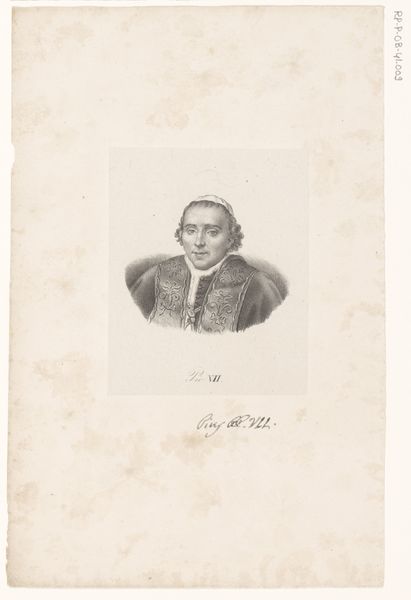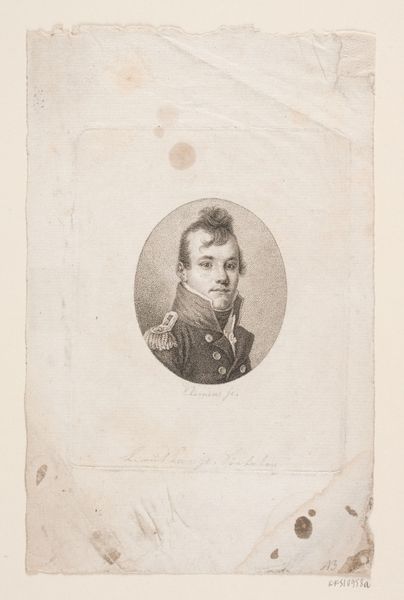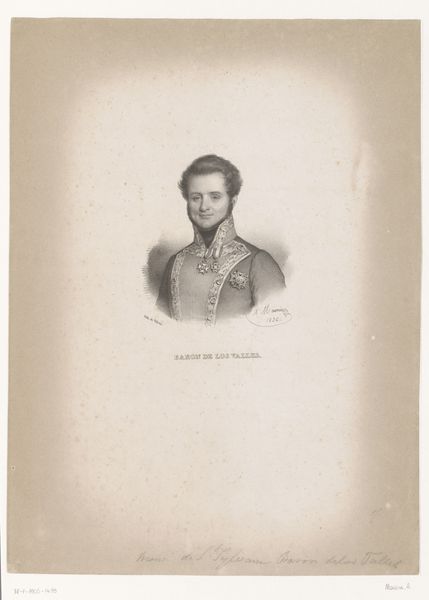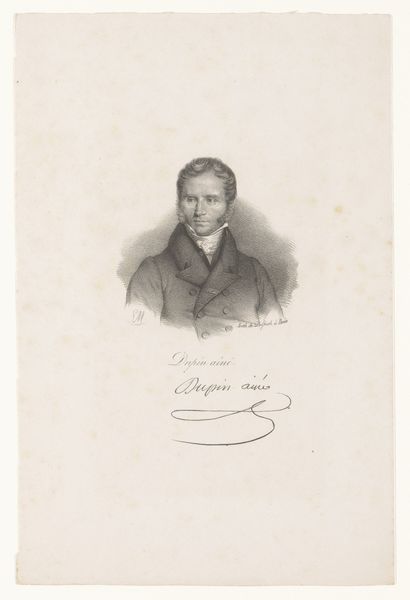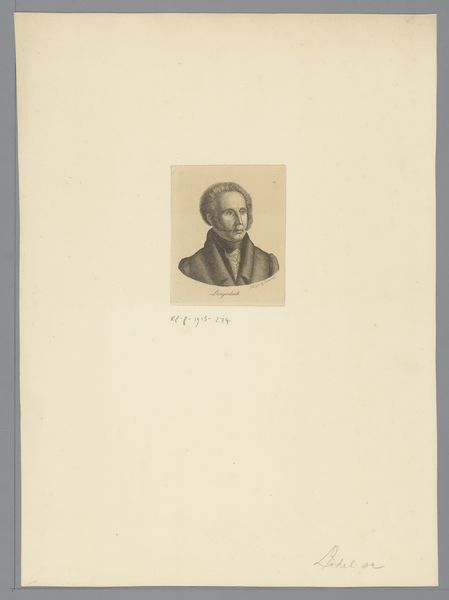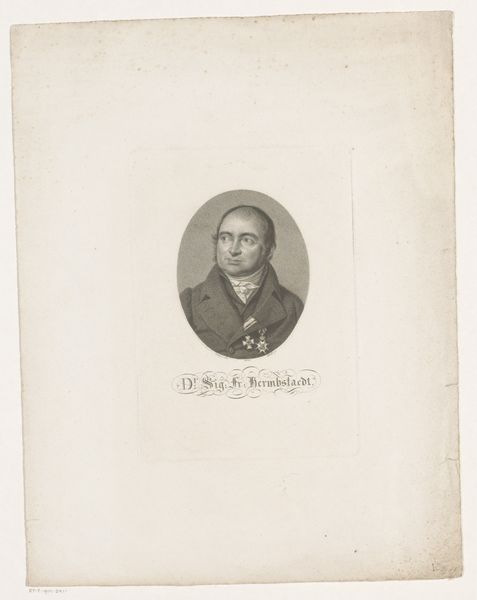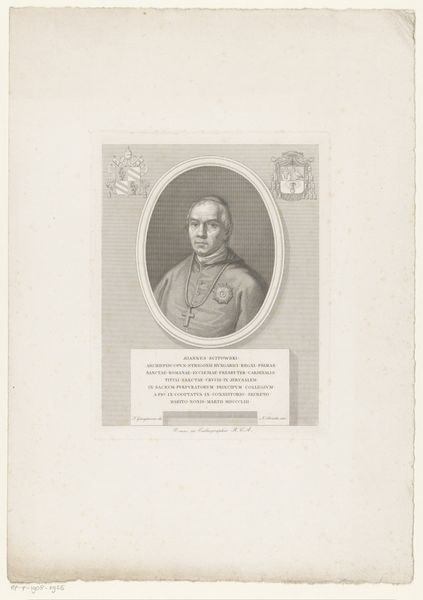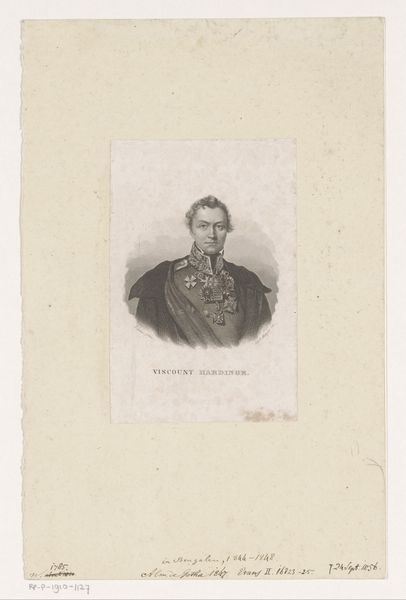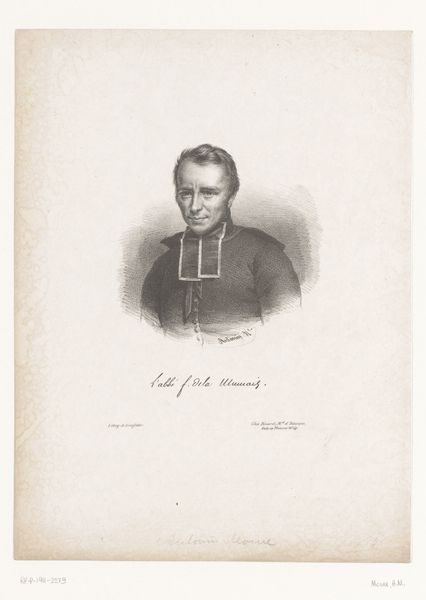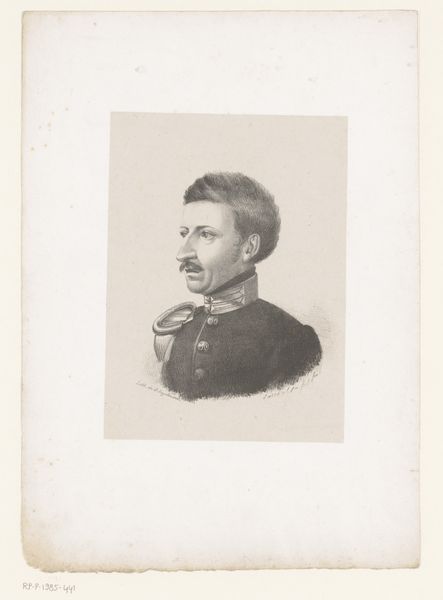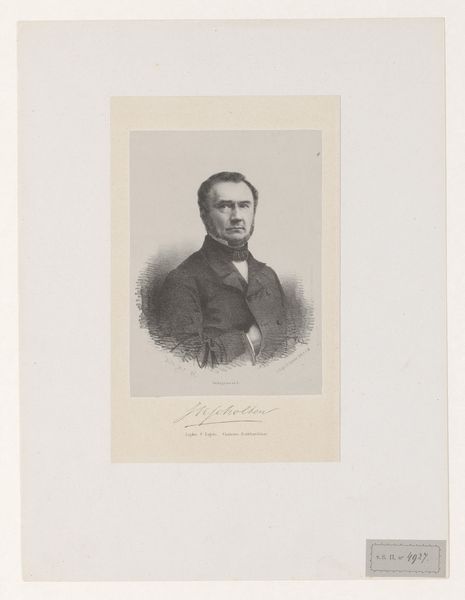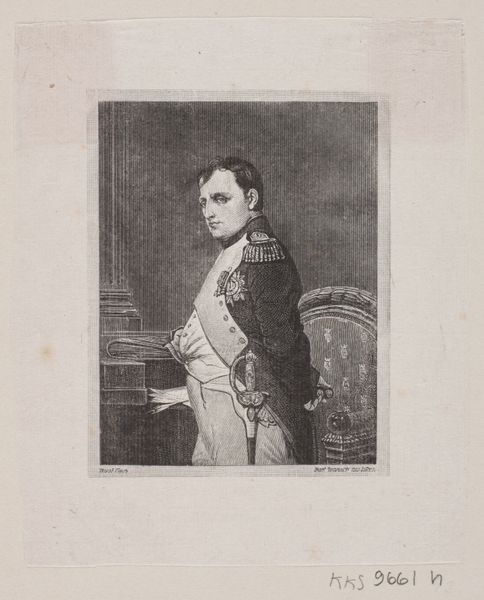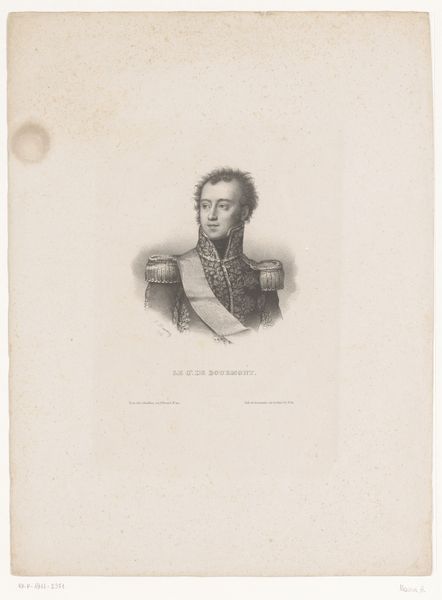
print, engraving
#
portrait
#
neoclacissism
#
aged paper
# print
#
light coloured
#
old engraving style
#
history-painting
#
engraving
Dimensions: height 171 mm, width 119 mm
Copyright: Rijks Museum: Open Domain
Editor: This is a print, an engraving actually, titled "Portret van Otto I van Griekenland", dating from around 1829 to 1840. I am immediately drawn to the subject’s youth. Given the formal attire, there is a poignant contrast with his tender age. What's your interpretation of this portrait, and what elements stand out to you? Curator: Well, my first thought dances between the precision of the engraving and the subject's… seriousness. He is presented almost as a classical ideal. But don’t you feel the neoclassical style tries perhaps too hard to impose a sense of established power onto someone who likely hadn’t yet found his footing? Editor: Absolutely! He seems almost…costumed. Is that a common trope in portraiture of the time, to elevate or perhaps fabricate an image of authority? Curator: Spot on! Think about the era, the desire for stability after the Napoleonic Wars, and how leaders wanted to be perceived. This print presents Otto I as a solid, respectable leader – perhaps a touch before he actually became one. Don't you almost feel you could scratch the surface to reveal uncertainty? Editor: It makes you wonder about the man beneath the king, doesn’t it? It also makes me consider what isn’t shown…what he might have been thinking at that very moment! Curator: Indeed, that tension between presentation and reality is precisely where the intrigue lies, isn’t it? History presented as aspiration. Editor: This was such a helpful way of looking at it—I never considered how a portrait can embody hope and aspiration, instead of being a straightforward presentation of fact!
Comments
No comments
Be the first to comment and join the conversation on the ultimate creative platform.

